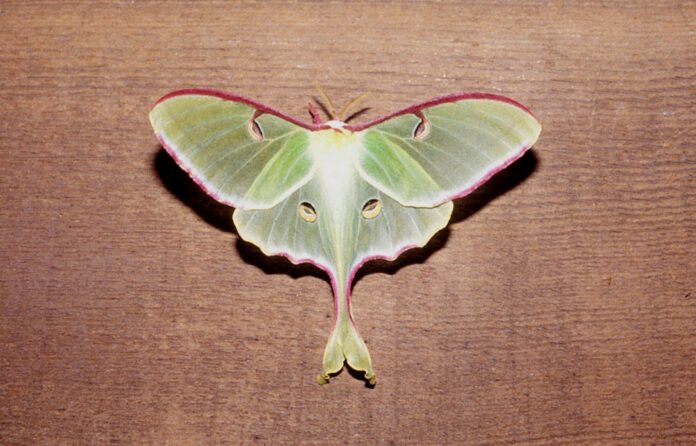
October is the month in which we might be treated to a colorful show of leaves, courtesy of our deciduous trees. Yet, to most people, the minute those lovely leaves fall to the ground, they become litter to be bagged and hauled off the property, or worse yet, burned. These actions are disastrous for our wildlife and not at all helpful to the trees either.
Leaves are supposed to remain around the tree from which they came because they are, literally, nutrients that have been taken from the soil and transformed into leaves. After the leaves fall to the ground, they are supposed to be recycled back into the soil to nourish the tree’s future growth.
Nutrient recycling is accomplished by numerous kinds of critters that feed upon the leaves and break them down. The nutrients from the leaves are returned to the soil in the droppings of these animals. In other words, the leaves, along with the help of wildlife, constitute your natural—and absolutely free—fertilizer program.
Additionally, those leaves are your natural mulch that maintains soil moisture and moderates soil temperatures for the benefit of the tree’s roots. It’s wasteful of time, money, and effort to get rid of leaves only to replace them with some other kind of material from the store.
But most importantly of all, those fallen leaves become an incredibly important blanket for the benefit of numerous invertebrates out there (and even some vertebrates, such as our treefrogs) that require this covering to get through the winter.
For example, female fritillary butterflies (we have several species in our area) lay their eggs in late summer near violets (Viola spp.), the gorgeous host plants for their caterpillars that will hatch out shortly. But those tiny caterpillars will not feed this fall. They will take shelter in leaves and other plant debris to hibernate. When the violets resume growth in the spring, the caterpillars will start feeding and resume their own growth as well.
The caterpillars of Tawny Emperor and Hackberry Emperor butterflies curl dried brown hackberry leaves (Celtis spp.). around themselves to overwinter. They fall to the ground when the leaves fall off their host trees. If you run a lawn mower over the fallen leaves, or bag or burn them, you kill your caterpillars and thus your future butterflies.
And, of course, our moths—being closely related to butterflies—also require leaf mulch for some species. The familiar Woolly Bear caterpillar, the larva of the Isabella Tiger Moth, is spotted along roadways in September because it is searching for an area of sufficient leaf cover to hibernate under. When spring arrives, it will pupate (form a cocoon) and finally emerge in its adult stage.
Have you ever seen the gorgeous, pale-green Luna Moth (it’s the animated insect in TV commercials for the sleep aid named Lunesta)? With a wingspan up to four and a half inches, it’s one of our largest moths.
The Luna Moth used to be considered common, but it’s now feared that they are endangered in some areas due to habitat loss and other factors, such as lights left burning all night. Usually when we hear the term, “habitat loss”, we only think about plants disappearing. But in the case of the Luna Moth, the problem is not a loss of trees and shrubs, but rather the loss of leaves as people insist upon removing them from their yards.
The caterpillar feeds upon the leaves of a variety of trees and shrubs. When it’s fully grown at about two and a half inches, it wraps itself in a leaf, entering the pupa stage. If this occurs as winter is approaching, the cocoon falls to the ground as the tree loses its leaves, where the cocoon is sheltered in the leaf mulch.
Here are some tips on how you can be more nature friendly while simultaneously lessening your load of work in the fall:
• Don’t plant grass underneath trees. It doesn’t belong there; leaf mulch does.
• It’s best not to plant anything underneath trees because you shouldn’t be walking there a lot to tend to plants. Your weight compacts the soil which is harmful to the tree’s roots.
• If the autumn weather is drier than usual and the leaves are being blown out from under the tree, retrieve some pruned tree and shrub branches from your brush pile (every yard should have at least one) and place them gently over the leaf area beneath the tree. They will help to keep the leaves in place.
– Marlene A. Condon


